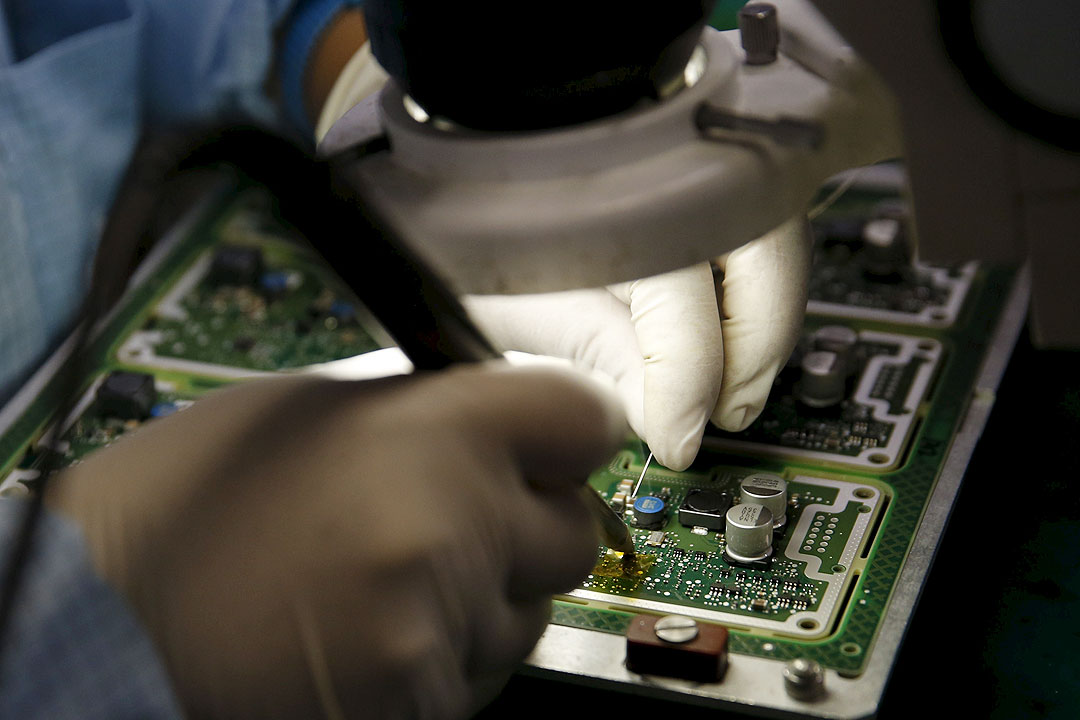Electronics sector hurting — SEIPI
Home Editors’ Picks Electronics sector hurting — SEIPI
Electronics sector hurting — SEIPI
June 29, 2022 12:34 am

SPIRALING COSTS brought by Russia’s invasion of Ukraine are hampering the operations of the local electronics industry in spite of increased competitiveness due to the weak peso, according to the largest group of foreign and local electronics companies in the Philippines.
“We are seeing increases in our cost of operations,” Danilo C. Lachica, president of the Semiconductor and Electronics Industries in the Philippines Foundation, Inc. (SEIPI) told BusinessWorld Live on One News channel on Tuesday.
“Some suppliers of power have increased their prices as well in response to the shortage of coal,” he said. “It’s really very painful right now. We’re still trying to recover from the impact of the pandemic and yet these factors, notwithstanding the devaluation to the peso, is just creating havoc.”
Mr. Lachica cited “a confluence of effects or factors” — the Russia-Ukraine war which has upset the applecart in terms of fuel supply and a coronavirus pandemic that has led to increased logistical costs.
Mr. Lachica said the local electronics industry is trying to absorb costs to protect consumers, adding that demand for electronics remains strong even if their margins get hit.
“We expect a 10% increase in our export performance this year, but then again, the margins will be smaller because of the higher costs,” he said.
“Even during the pandemic, the demand was always there,” he said. “It was really a matter of being able to come up with the supply especially in the context of the shortage of semiconductor wafers. We really have to manage those margins and to the point that we, the companies have to absorb a lot of these costs.”
Mr. Lachica said semiconductors would drive the sector’s export growth this year.
“The driving factors would be mostly from semiconductors, the components and also demand for medical electronics, telecommunications, industrial products, which are really spurred by the use of data computing, big data, artificial intelligence, Internet of Things and Industrial Revolution 4.0,” he added.
He said they were lining up meetings with incoming President Ferdinand R. Marcos, Jr. and his Cabinet to explain the situation and the threats that the industry faces.
Philippine electronics exports rose by 12.9% to a record $45.92 billion last year, SEIPI said in February.
For December alone, the country’s electronics exports went up slightly to $3.92 billion from $3.9 billion a year earlier.
Telecommunication exports rose almost three times, automotive electronics increased by 39%, office equipment went up by 29.7% and semiconductors inched up by 1.61%.
Hong Kong, the United States, China, Singapore and Japan were the top destinations for Philippine electronics exports in December. — Revin Mikhael D. Ochave
